The Gardens at York Gate: Courageous, innovative, and slathered in truly exquisite plants
It takes years, sometimes decades, to make a great garden and only months for entropy to set in. At York Gate, Leeds, however, the future is assured, says James Alexander-Sinclair.

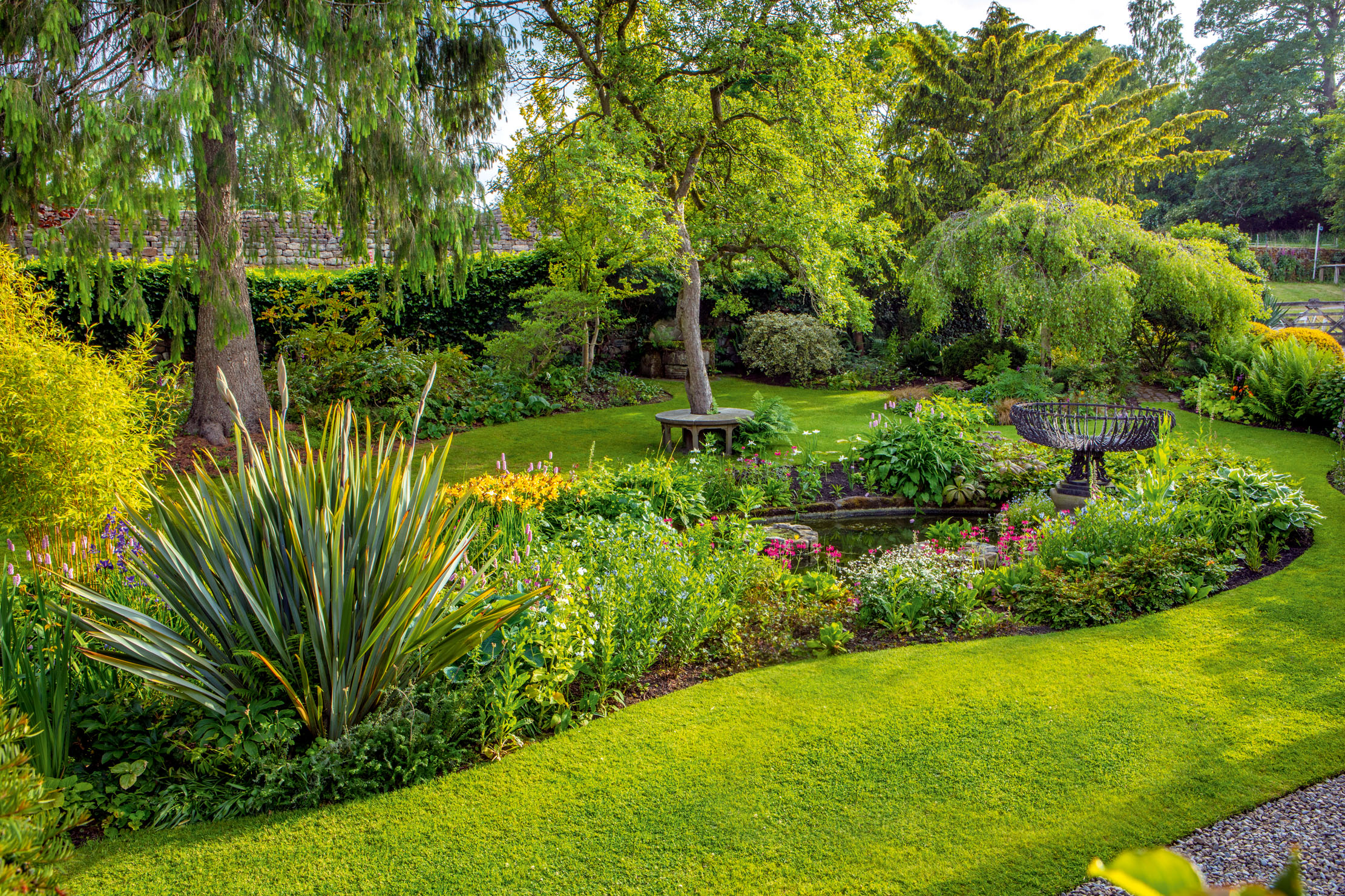
In the 1950s, Fred and Sybil Spencer bought a stern stone farmhouse surrounded by a field and an orchard a few miles from Leeds. Over the next 40 years, they and their only son, Robin, transformed that scrap of land into York Gate. Fred died in 1963 and Robin stepped in to take prime responsibility for the garden. Sybil was a talented plantswoman, but it was Robin’s eye for detail that took the garden into the premier division.
The original garden was little more than an acre, but into that acre they packed a whole series of treasures — it is like a magician’s hat from which yet another surprise is plucked as you turn every corner. At the entrance gate, you are greeted by a shaggy specimen of weeping Wellingtonia (Sequoiadendron giganteum ‘Pendula’), which looks like a benign orangutan. Not exactly what one expects in a farmhouse garden, but there is nothing here that is commonplace or mundane.

From the gate, you are subtly directed via a path of Yorkstone setts (all the hard landscaping here is immaculately detailed — a stone fetishist would be kept happy for many hours) into the original orchard where, sadly, only one magnificent apple tree remains.
Then it is a constant parade of dells, alleés, a vegetable garden, herbs, pathways, ponds, sculptures and, of course, plenty of extraordinary plants. The layout is instinctive and makes the site seem much larger than it is, but the more you explore, the more you find. This is a garden carrying a little pinch of Japanese influence, a barrowload of eccentricity and a generous sprinkling of no-nonsense Yorkshire cleverness.
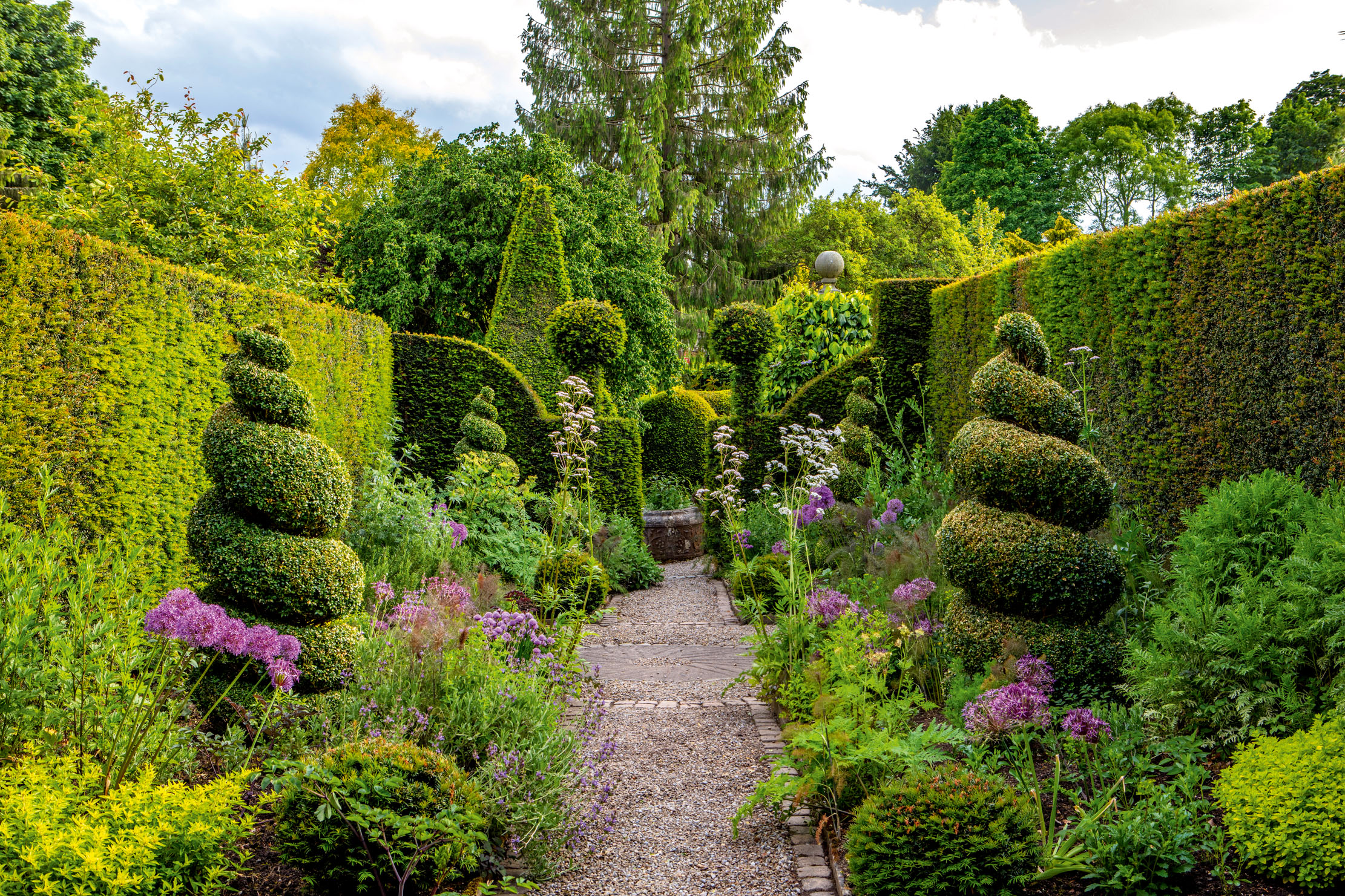
Sadly, Robin died at the early age of 47 in 1982 and Sybil decided to leave the garden to the horticultural charity Perennial when she followed him in 1994. For those unfamiliar with Perennial, it has a long history, having begun as the Gardeners Royal Benevolent Institution in 1839 with the purpose of helping gardeners and their families in times of crisis — whether due to bereavement, illness or financial distress.
This is still its purpose and it has, unsurprisingly, been particularly active over the past year. The charity now has three gardens — the most recent being The Laskett in Herefordshire, left to it by Sir Roy Strong (‘Scenes and splendour’, August 19, 2020) — of which York Gate is the most established.
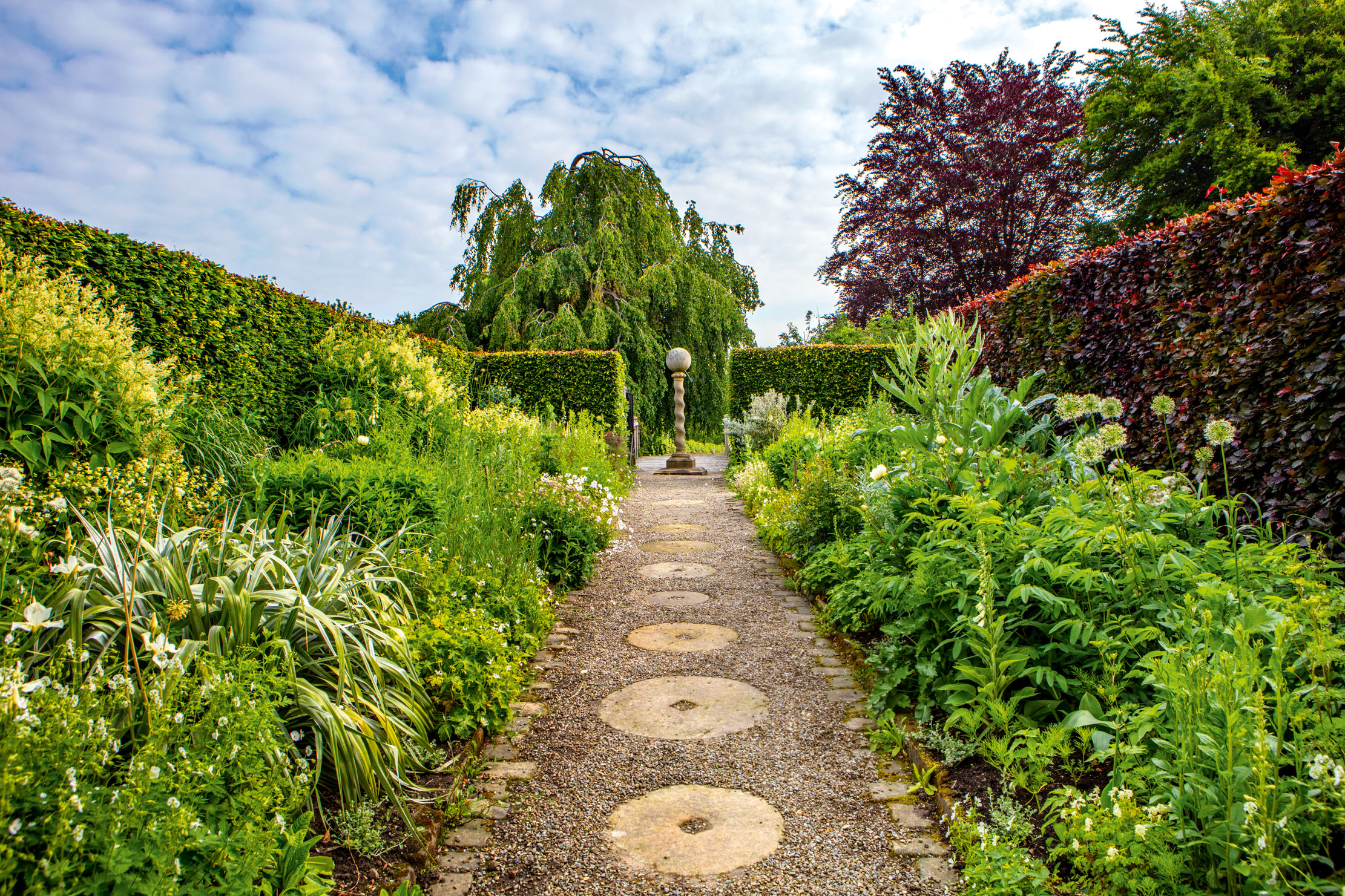
Like any good garden, York Gate does not stay still and has been expanding in both acreage and influence. About four years ago, the charity was lucky enough to recruit Ben Preston as the new head gardener. He had been working as a vegetable gardener at Audley End near Saffron Walden in Essex until chance took him to a course at Great Dixter, East Sussex, where, over a weekend, his gardening life and philosophy changed forever.
Exquisite houses, the beauty of Nature, and how to get the most from your life, straight to your inbox.
Six of York Gate's best plants, chosen by head gardener Ben Preston
- Aeonium undulatum: Aeoniums do much of their growing in the winter, so Mr Preston plants them in the warm greenhouse before bringing them out into the sand garden when the frosts have gone
- Hebe hulkeana: Also known as New Zealand lilac, this tiny evergreen variety is excellent against a sheltered wall
- Paeonia x smouthii: This has beautiful, finely filigreed foliage and sweetly scented red flowers in late spring. Peonies generally hate being moved, so be sure you get it in the right place first time
- Rosa ‘Eskimo’: One of the few roses at York Gate. ‘The best rose ever,’ opines Mr Preston, long flowering, with flawless foliage and great scent. The only problem is that it is tricky to find
- Salvia atrocyanea: A magnificent salvia from Bolivia that grows to about 9ft tall, with dark and sultry blue flowers from late summer into autumn
- Tulip praestans ‘Fusilier’: A bright-red multi-flowered species tulip — technically, more guardsman than fusilier
Since his arrival at York Gate, his energy has whisked everybody off their feet. He has built a tight-knit team, which is augmented by 150 volunteers. He describes it as ‘like having 80 aunties’ — which contributes to the warm, family feeling that is instantly perceptible to every visitor. Most importantly, there is a two-year apprenticeship team, as Perennial has widened its aims to include the training of new gardeners, as well as helping gardeners in trouble.
‘It is really important,’ says Mr Preston, ‘that we take every opportunity to try and show people that gardening is such a worthwhile and satisfying career. It is our intention to send skilled, enthusiastic and properly paid horticulturists out into the world. They will do amazing things in the future.’
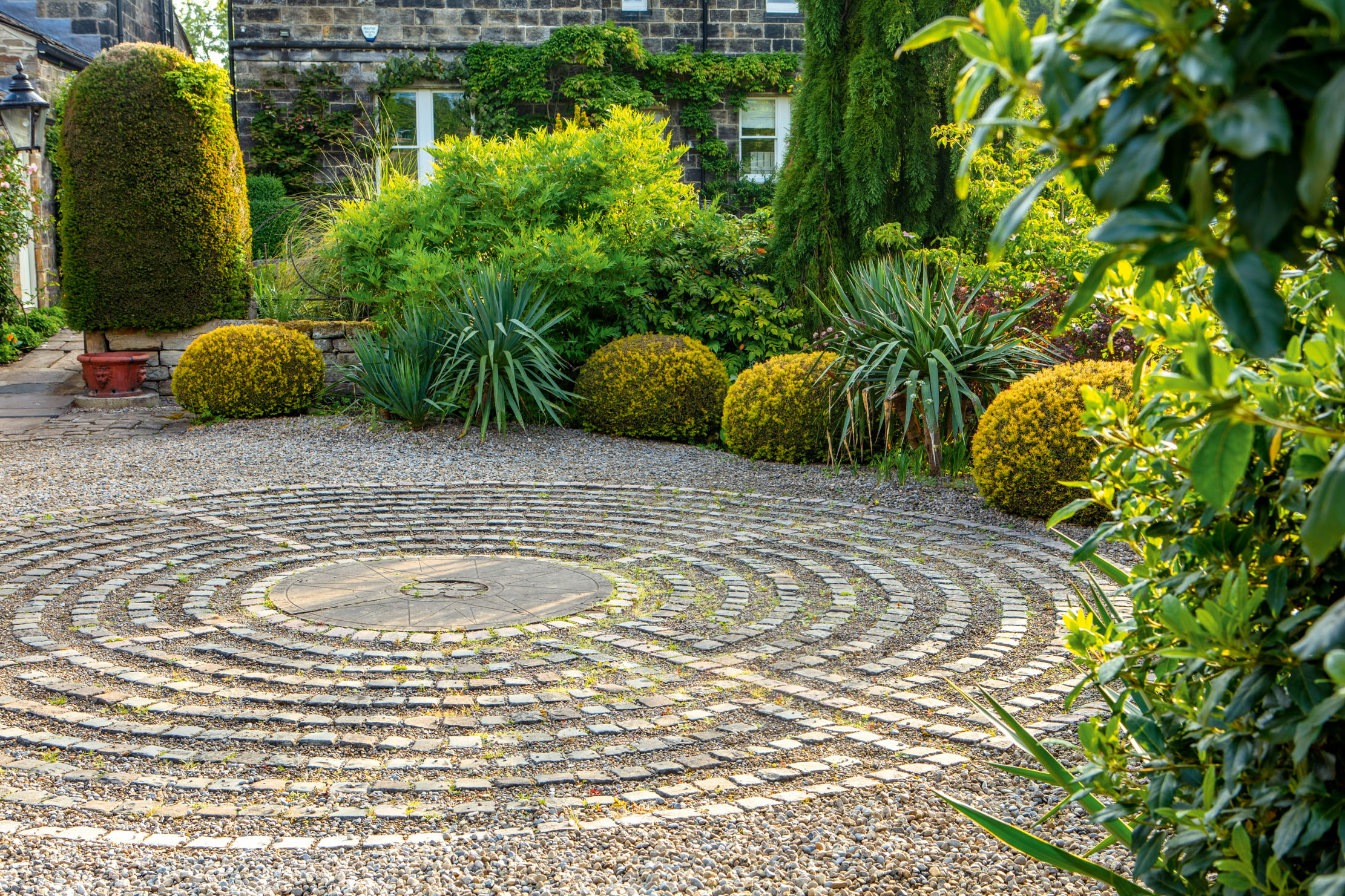
For him, the Spencer inheritance is sacred, so he preserves and reveres all the classic features of York Gate: the amazing espaliered cedar — ‘the best tree in the garden’ — the towering yews clipped into spinnakers, the gravel path with the granite sett diamonds (an idea I have plundered on more than one occasion) and the well-stocked vegetable garden. But he does not hesitate to add more layers to the planting — he and his team are all plant nerds who get whisked into raptures by a rare flower. You can hear the rising passion in his voice as he lists the multi-seamed planting in one section of one border.
‘Every bed needs to work its socks off,’ he proclaims. ‘Here we have amsonias, bistorts and primulas, but underneath are snowdrops, crocus and narcissus; waiting in the wings are ligularias, astilbes, aruncus, rodgersia and lobelias and over there…’ and this in only a couple of square yards. It is like listening to Ratty describe the picnic in The Wind in the Willows.
Perennial recently bought the adjoining field and cottage, adding a whole new section to the garden. There is a bustling cafe and a bulging plant centre (that Mr Preston calls ‘a sweet shop’) overlooking a new garden such as is seldom (if ever) seen in Yorkshire. There is a large, stone-lined circle — providing a space large enough to ‘comfortably accommodate a group of people for talks and tours’ — surrounded by a rock-strewn garden made of sand populated with cascades of species tulips (Tulipa clusiana and T. acuminata, in particular), Paeonia x smouthii, aeoniums and aloes.
More like the Almerian desert than northern England: this is very courageous and innovative horticulture. York Gate is a garden with many facets, all based on a strong underlying design, upon which are slathered truly exquisite plants.
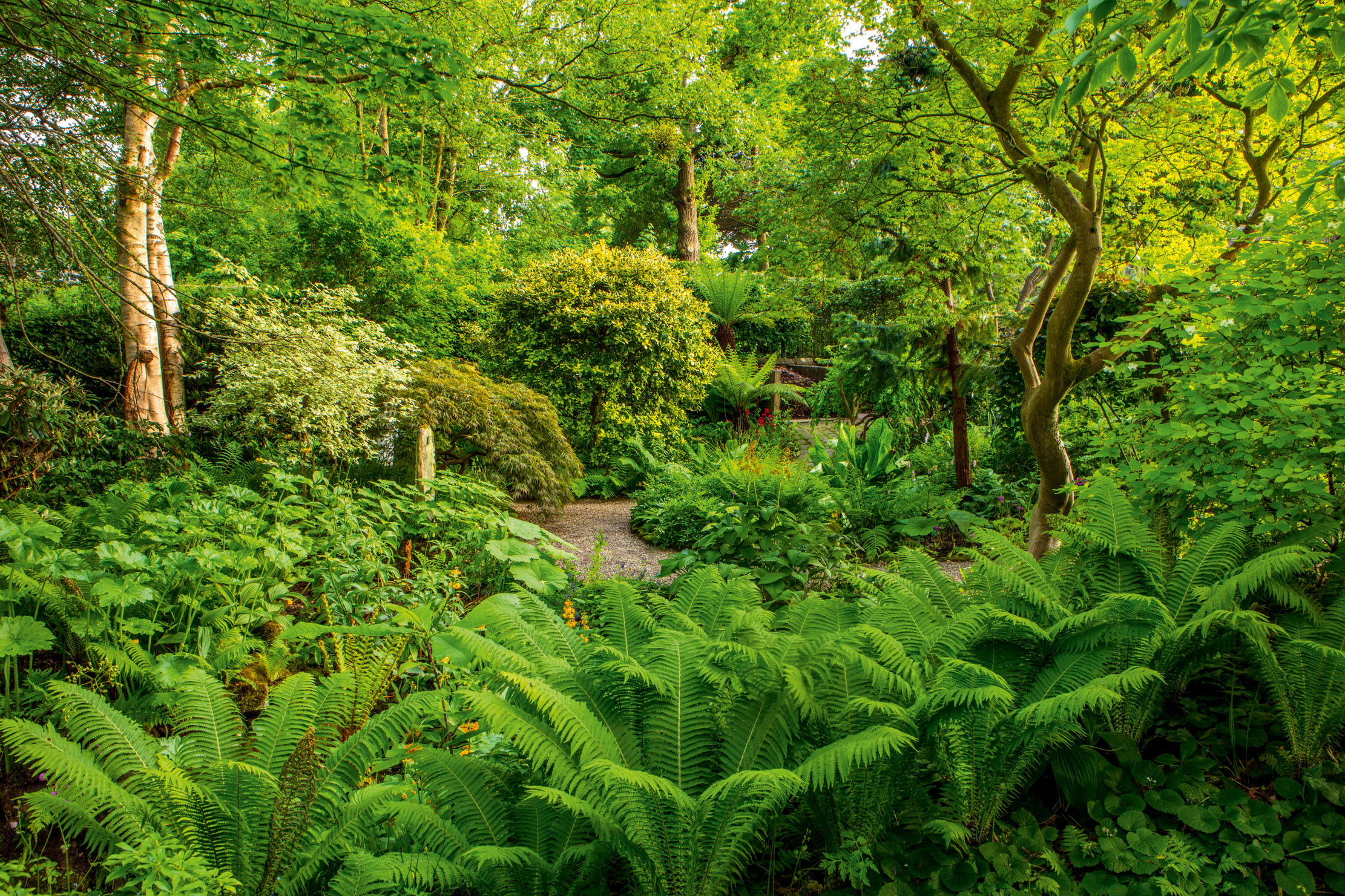
A final introduction is the nascent meadow — ‘an amazing place to be as the sun rises’. Paths have been mown through the longer grass, dividing the field into areas according to their fertility to encourage the camassias and increase the fritillaries in the damper parts. Orchids, pig nuts and yellow rattle have been sown across the site.
Every good garden needs to keep changing and this is yet another layer to York Gate. It will be Mr Preston’s legacy and one can only hope that, for the sake of Perennial, the garden and the community of locals and visitors, that the talented Mr Preston is not going anywhere in a hurry.
York Gate Garden and Nursery, Leeds, West Yorkshire, are open until October 31 — www.perennial.org.uk
Little Mynthurst Farm: A rare mid-20th-century garden designed by Russell Page
George Plumptre enjoys the grounds of a Tudor farmhouse that was the former home of Lord Baden-Powell. Photographs by Clive

Nevill Holt, Leicestershire: 'After 700 years of ups and downs, finally entering its prime'
The reimagined gardens at Nevill Holt, Leicestershire, have stepped into the limelight to offer a powerful overture to the summer
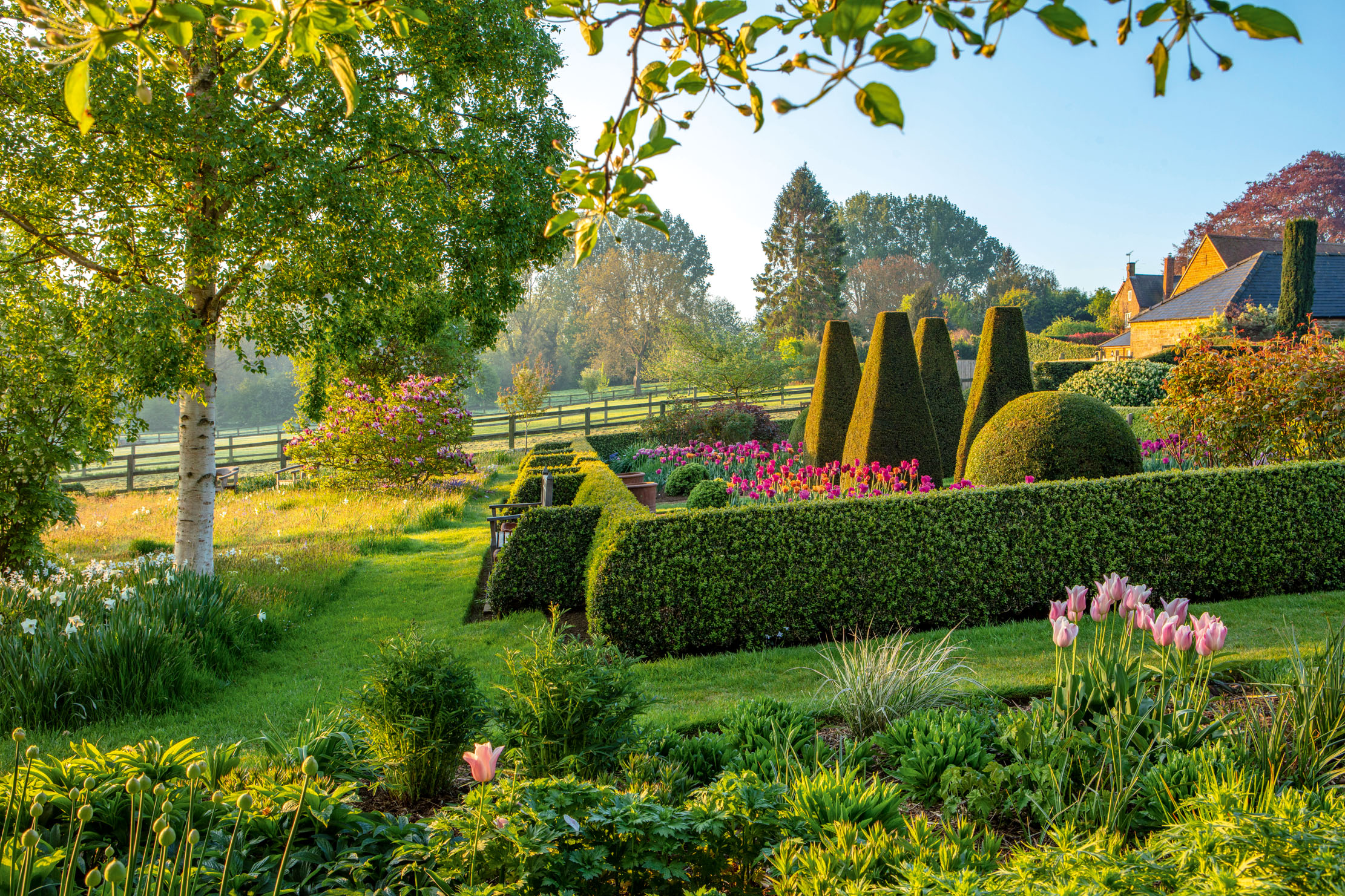
Pettifers: The breathtaking Oxfordshire garden born from the impeccable instincts of Gina Price
An Oxfordshire garden famous for its high summer and autumn borders sparkles with just as much interest and invention earlier

The Gardens at The Manor, Priors Marston: A house bought on a same-day impulse that became a 20-year labour of love
The inspiration for the garden of The Manor, Priors Marston, Warwickshire, was to create a landscape to meander through, with
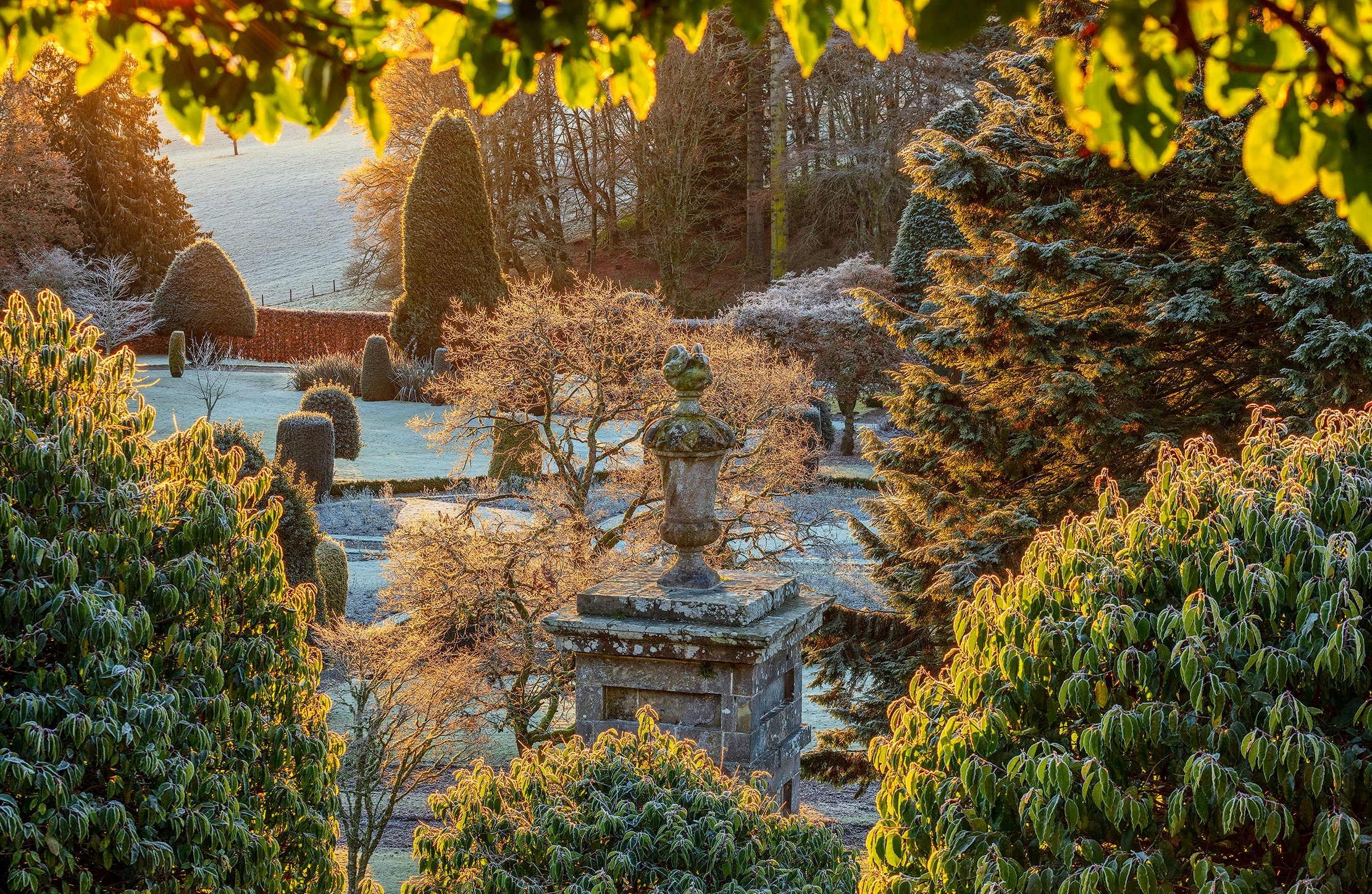
Drummond Castle Gardens in winter: The winter beauty of the gardens made famous by Outlander
In the depths of winter at Drummond Castle, near Crieff, Perthshire, the crisp outlines of the 11 miles of box

Goldingtons, Hertfordshire: 'The brief was for the garden to flow more easily and to bring together its disparate parts'
Country Life is unlike any other magazine: the only glossy weekly on the newsstand and the only magazine that has been guest-edited by His Majesty The King not once, but twice. It is a celebration of modern rural life and all its diverse joys and pleasures — that was first published in Queen Victoria's Diamond Jubilee year. Our eclectic mixture of witty and informative content — from the most up-to-date property news and commentary and a coveted glimpse inside some of the UK's best houses and gardens, to gardening, the arts and interior design, written by experts in their field — still cannot be found in print or online, anywhere else.
